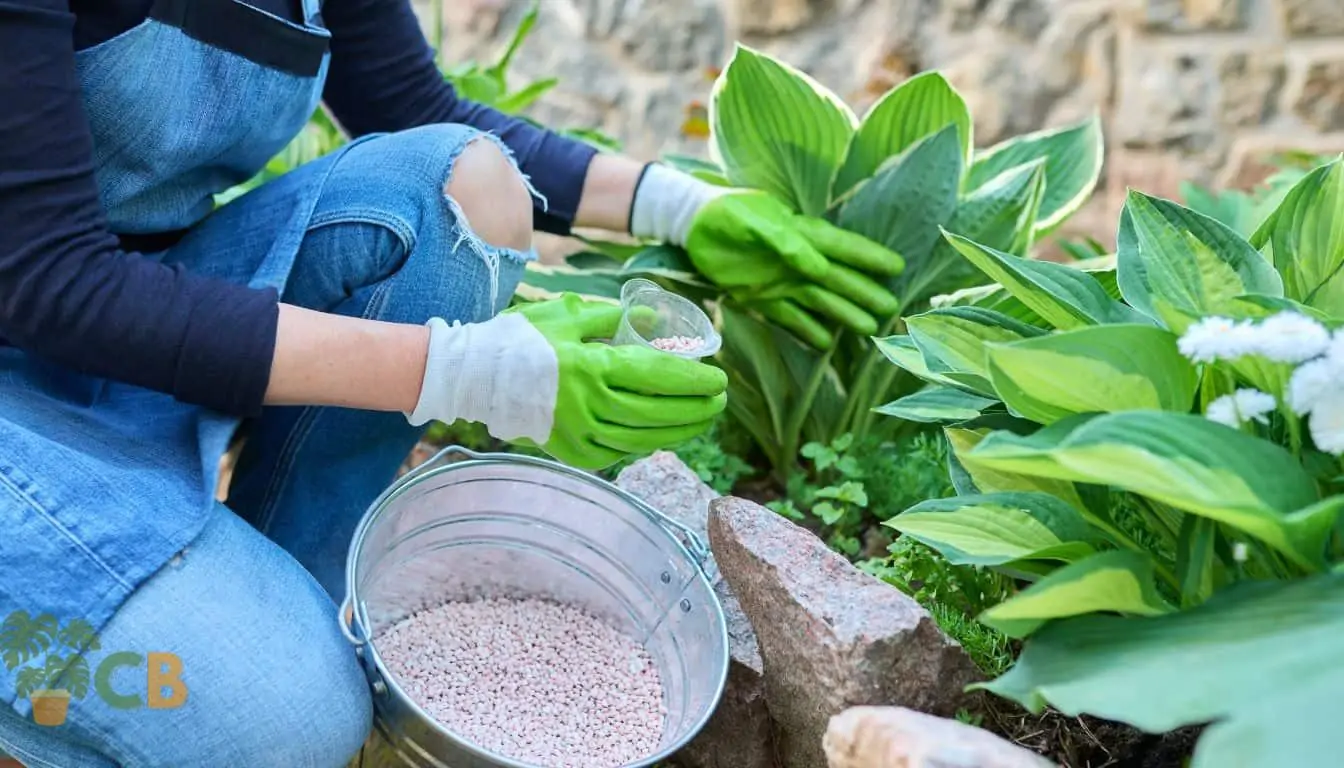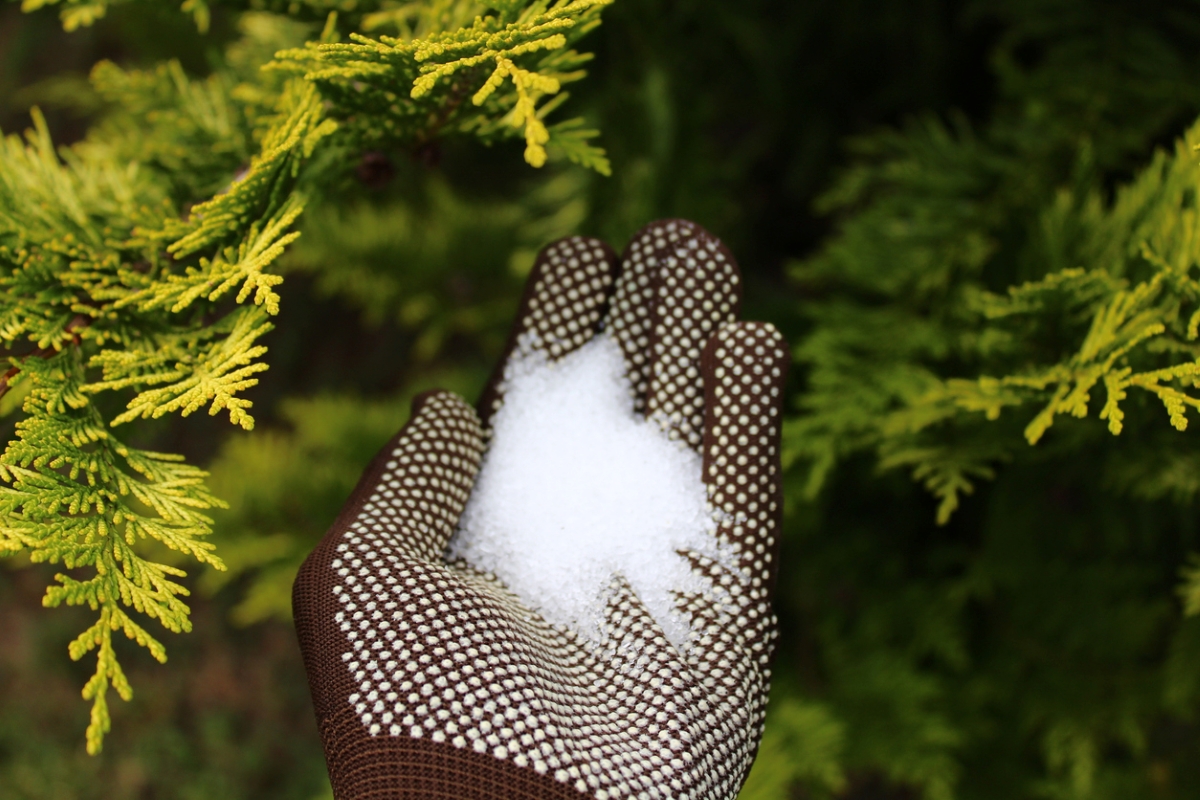Gardening Tips: What Plants Don't Like Epsom Salt and Why
Gardening Tips: What Plants Don't Like Epsom Salt and Why
Blog Article
Discover the Specific Plants That Are Adversely Influenced by Epsom Salt Application
Epsom salt, a preferred house solution for various gardening issues, is typically commended for its helpful effects on plant development. Not all plants react favorably to its application. Comprehending the specific plants that can be detrimentally impacted by Epsom salt is essential for any type of gardener looking to maximize their plant treatment routine. Roses, tomatoes, azaleas, peppers, and rhododendrons are just a couple of examples of plants that might not react well to Epsom salt. The reasons behind these adverse effects and how to minimize them are vital understanding for maintaining a flourishing garden.
Roses

Roses, especially delicate to modifications in their atmosphere, can be negatively influenced by the application of Epsom salt. While Epsom salt is generally used as a plant food to advertise plant growth and improve flowering, roses are among the plants that do not respond well to its application. The high magnesium content in Epsom salt can disrupt the uptake of other important nutrients by the rose plants, leading to deficiencies that materialize as yellowing fallen leaves or stunted growth.

Tomatoes
While Epsom salt is often promoted as a remedy for various plant concerns, consisting of blossom end rot in tomatoes, its application can lead to destructive results if not used carefully. Excessive Epsom salt, which is magnesium sulfate, can interfere with the delicate nutrient balance required by tomatoes, possibly leading to shortages in other vital nutrients like calcium. When considering the use of Epsom salt on tomatoes, it is important to stick to suggested application prices and dirt screening to avoid unplanned effects on the overall wellness and performance of these cherished garden plants.
Peppers
Peppers, revered for their different shades and levels of spiciness, can demonstrate sensitivity to unfavorable effects from Epsom salt when not applied with care and consideration for their particular dietary demands. what plants don't like epsom salt. Peppers, coming from the Solanaceae family, call for a delicate equilibrium of nutrients to prosper. While Epsom salt is known to boost magnesium levels in plants, excessive application can interrupt this equilibrium, resulting in adverse effects on pepper plants
When peppers are revealed to high levels of magnesium from Epsom salt, it can disrupt the plant's ability to absorb various other crucial nutrients like calcium and potassium. This discrepancy might manifest in symptoms such as fallen leave discoloration, stunted growth, and lowered fruit production. Additionally, the excessive magnesium can modify the soil pH, more intensifying nutrient uptake problems for peppers.

Rhododendrons
Given the level of sensitivity of particular plant varieties to imbalances triggered by Epsom salt, it is necessary to take into consideration the influence on Rhododendrons, which also read what he said require specific nutrient degrees to flourish. Rhododendrons are acid-loving plants that like acidic soil conditions with a pH variety between 4.5 and 6.0. Epsom salt, chemically understood as magnesium sulfate, can modify the dirt pH and interfere with the fragile equilibrium of nutrients crucial for Rhododendron wellness.

To preserve the optimal growth and wellness of Rhododendrons, it is critical to prevent the indiscriminate usage of Epsom salt and instead concentrate on supplying the particular acidic soil problems and nutrients that these plants require for prospering.
Azaleas
These preferred blooming plants are often discovered in parks, landscapes, and yards due to their beauty and flexibility. While Epsom salt is frequently made use of as a remedy for magnesium deficiency in plants, its application to azaleas can have unfavorable impacts.
When Epsom salt is used to azaleas, it can modify the soil pH, making it more acidic. Azaleas like a little acidic dirt conditions, and an unwanted of magnesium from Epsom salt can interrupt this equilibrium, resulting in nutrient inequalities and possible toxicity issues. The inaccurate application of Epsom salt can cause stunted growth, yellowing of leaves, and general decrease this in the wellness of azaleas. It is vital to be cautious when thinking about the use of Epsom salt on azaleas to stop any type of adverse effects on these fragile decorative shrubs.
Final Thought
In conclusion, it is vital to be familiar with the details plants that can be detrimentally impacted by the application of Epsom salt. Roses, tomatoes, rhododendrons, azaleas, and peppers are some examples of plants that may not take advantage of Epsom salt and could even suffer damage. It is vital to research study and recognize the needs of each plant types prior to making use of Epsom salt as a fertilizer to ensure their health and well-being.
Recognizing the specific plants that can be adversely impacted by Epsom salt is critical for any type of gardener looking to optimize their plant care routine. While Epsom salt is generally made use of as a fertilizer to promote plant growth and enhance flowering, roses are one of the plants that do not respond well to its application.Extreme usage of Epsom salt can additionally result in an accumulation of salts in the soil, leading to root damage and dehydration of the my blog rose plants. While Epsom salt is understood to improve magnesium degrees in plants, too much application can interrupt this balance, leading to adverse effects on pepper plants.
The high salt content in Epsom salt can likewise dehydrate Rhododendron roots, triggering more tension and damage to the plant. (what plants don't like epsom salt)
Report this page